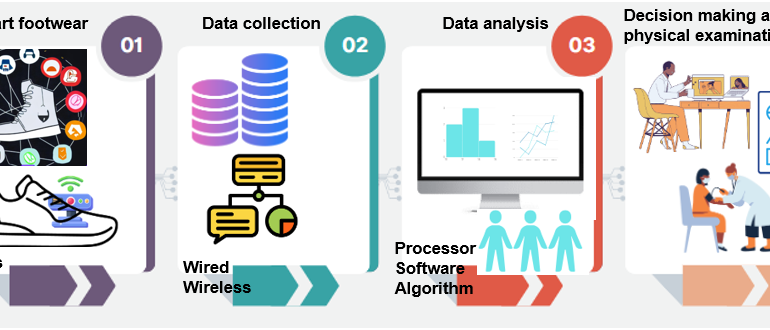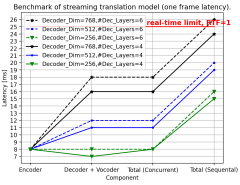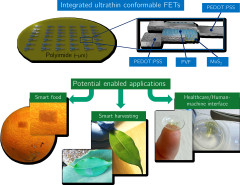Authors: Pradyumna G. R., Roopa B. Hegde, Bommegowda K. B., Anil Kumar Bhat, Amit N. Pujari, Ganesh R. Naik
Published on: January 03, 2024
Impact Score: 8.22
Arxiv code: Arxiv:2402.01645
Summary
- What is new: Incorporation of advanced sensors for health monitoring, energy harvesting, deep learning for data analysis, and enhanced assistive features specifically designed for the visually impaired in smart shoes.
- Why this is important: Existing smart shoes face challenges such as complex construction, poor fit and comfort, and high cost, while not fully exploiting the potential for personalized health monitoring and assistive technology.
- What the research proposes: The study explores the integration of new sensor technologies, energy harvesting methods, and deep learning models to address the limitations of current smart shoes, focusing on improving health monitoring, comfort, and affordability.
- Results: The paper highlights the promising advancements and potential impact of smart shoes, particularly for healthcare applications like diabetes monitoring and enhanced mobility for visually impaired individuals.
Technical Details
Technological frameworks used: Bluetooth technology for data communication, GPS for tracking, deep learning algorithms for data analysis
Models used: Advanced sensor-based models for health monitoring and assistive features
Data used: Sensor data from smart shoes (e.g., pressure, motion) and environmental data for obstacle detection
Potential Impact
Footwear industry, healthcare providers, tech companies specializing in wearables, fitness and wellness industry
Want to implement this idea in a business?
We have generated a startup concept here: HealStride.




Leave a Reply